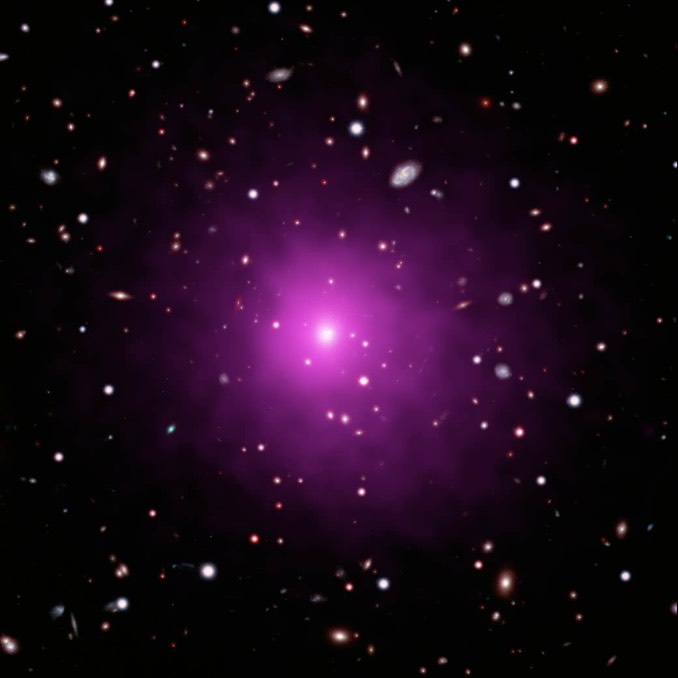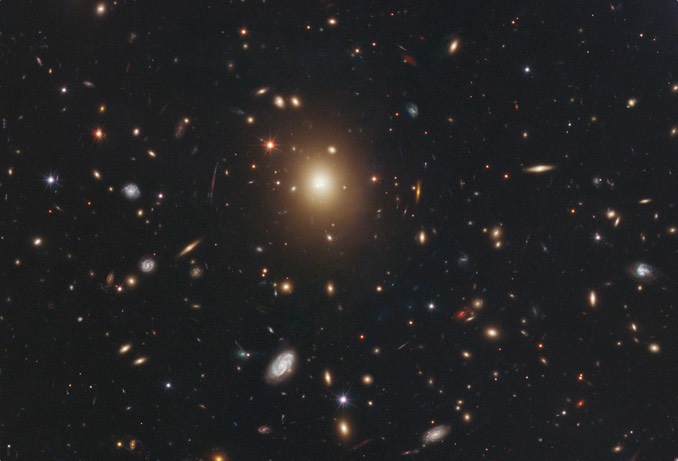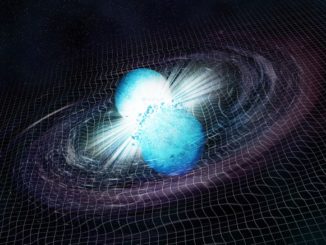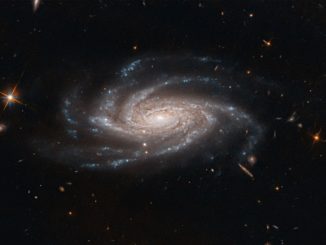
Astronomers have been searching for a 10 billion solar-mass black hole at the heart of a truly massive galaxy for the past decade.
They still haven’t found it.
The galaxy in question, A2261-BCG, is the most massive member of the remote Abell 2261 galaxy cluster some 2.7 billion light years away in the constellation Hercules. It is gargantuan by almost any standard, spanning about 10 times the width of the Milky Way. Its core alone measures about 10,000 light years across, the largest yet seen.
All large galaxies are thought to harbour a supermassive black hole. The mass of the black hole generally scales with the mass of the host galaxy, meaning A2261-BCG should be home to a black hole with 3 billion to 10 billion times the mass of the Sun.
Despite careful searches by the Hubble Space Telescope and the Chandra X-ray Observatory, the presumed black hole is nowhere to be found.

So where could it be?
Black holes, by definition, cannot be directly observed because their enormous gravity prevents even light from escaping. But as they suck in surrounding dust and debris, even stars, the material is heated to extreme temperatures, releasing torrents of detectable radiation. No such radiation has been seen from the core of A2261-BCG.
The galaxy’s central black hole could be in a quiescent stage, having devoured nearby debris and not pulling enough in to generate detectable levels of radiation. Four clumps of stars have been identified where the black hole could be lurking.
More intriguing, it’s also possible the galaxy is the result of two galaxies colliding, leading to the eventual merger of two supermassive black holes.
Such a merger would have generated powerful gravitational waves in the fabric of space. If the gravitational distortions were not symmetric, the resulting mega black hole could have been ejected from the galaxy in the opposite direction.
The James Webb Space Telescope, scheduled for launch in October, may be able to spot the elusive black hole near the centre of the galaxy or in one of four star clumps identified to date. If the JWST can’t find any signs of the black hole, then the recoil scenario may be the best explanation.



